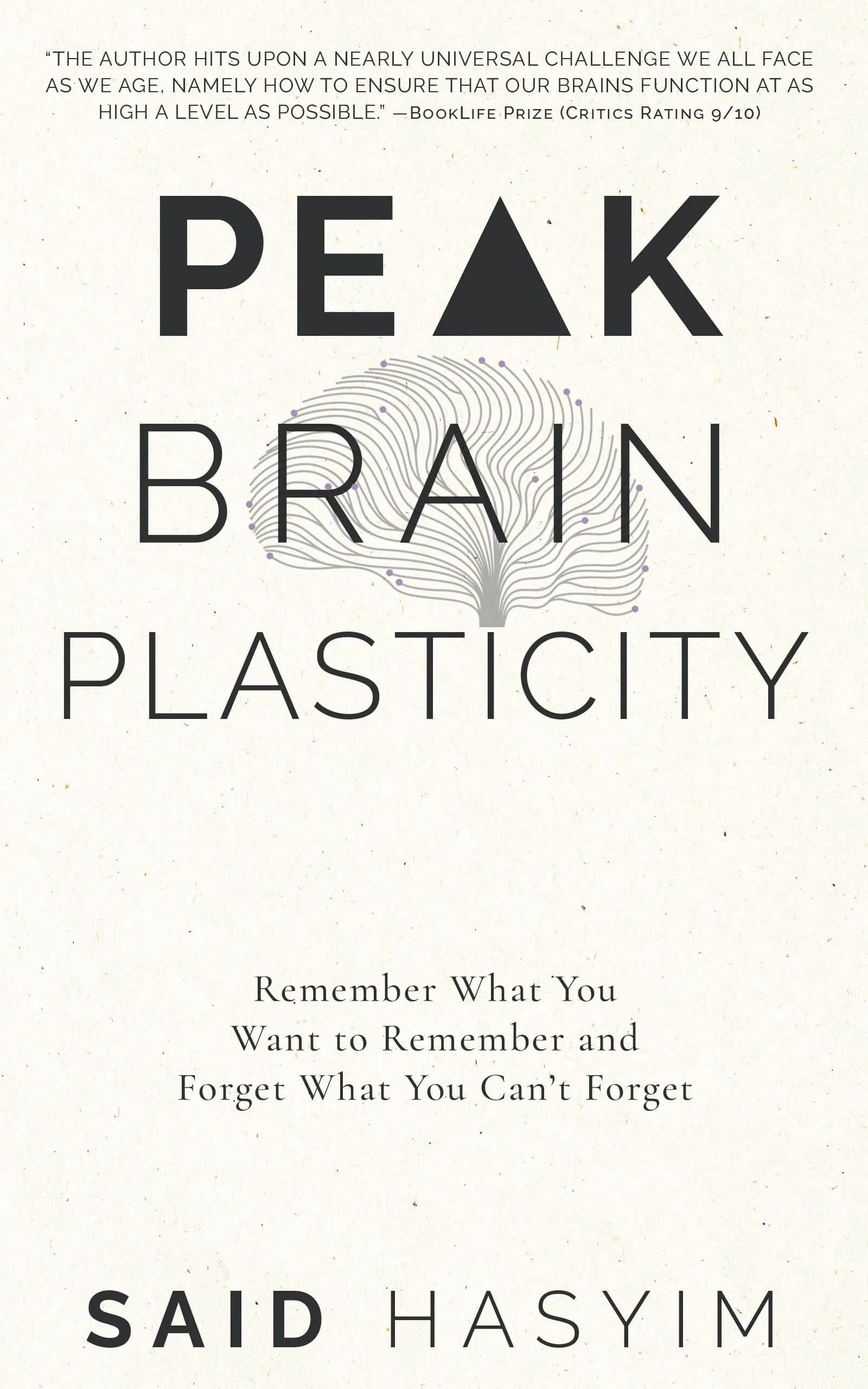The Power of Visualization for Memory Retention
Memory retention is a skill that many of us strive to improve, whether for studying, work, or day-to-day life. While traditional techniques such as rote memorization have their place, there's a powerful alternative that builds upon our natural tendencies—visualization. This blog post will delve into the significant benefits of visualization for memory retention, explore various techniques, and provide practical advice on how to harness the power of visuals to enhance your memory.
Understanding Memory Retention
Before we uncover the techniques related to visualization, it’s essential to understand how memory works. Memory can be classified into three stages:
- Encoding: The process of transforming sensory input into a format that can be stored in the brain.
- Storage: The retention of encoded information over varying periods.
- Retrieval: The act of accessing and bringing stored information into consciousness.
Effective memory retention hinges on how well we encode and store information in the first place. This is where visualization comes into play.
The Science Behind Visualization
Visualization leverages the brain's preference for images over words. The dual-coding theory suggests that we process visual and verbal information through different systems in the brain, which can enhance our ability to remember. When we visualize information, we create mental images that are easier to recall than plain text or spoken words.
Benefits of Visualization for Memory Retention
Enhanced Comprehension: Visuals help break down complex information, making it easier to understand. When we visualize concepts, we create a mental model that aids comprehension and retention.
Improved Recall: Mental images are often more memorable than text. Research indicates that our brains are wired to remember images more effectively, which leads to improved recall.
Emotional Connection: Adding visualization to your learning journey can evoke emotions, helping to create a stronger connection to the material. Emotional experiences are generally more memorable than neutral ones.
Engagement and Motivation: Visual learning can be more engaging and enjoyable. This higher level of engagement can lead to increased motivation and focus, further supporting memory retention.
Visualization Techniques for Better Memory Retention
There are several strategies you can utilize to incorporate visualization into your learning process:
1. Mind Mapping
Mind mapping involves creating a diagram that visually represents information. You start with a central concept and branch out into related ideas. This technique helps you see connections between topics while enhancing memory retention through organization and structure.
2. Chunking
Chunking is a managable way of grouping information. By visualizing relationships among pieces of information and clustering them into larger, coherent units, you can retain more data. For example, rather than memorizing a long number as a sequence, group it into chunks (like a phone number).
3. The Method of Loci
Also known as the "memory palace" technique, the method of loci involves visualizing a familiar place and associating distinct information with specific locations in that space. As you mentally "walk" through this place, you'll retrieve the associations made with each spot.
4. Visual Imagery and Storytelling
Creating a visual story can make abstract concepts more tangible. By picturing narratives or scenarios that represent the information you want to remember, you engage your brain's propensity for storytelling, enhancing the memorability of the material.
5. Infographics and Diagrams
Transforming information into infographics or diagrams can make complex data more digestible. Combining images, symbols, and text allows you to visualize relationships and hierarchies, making it easier to recall later.
Practical Tips for Implementing Visualization in Your Learning
Incorporating visualization into your study or retention strategies can be straightforward. Here are some practical steps you can take:
Start with Simple Visuals: If you’re new to visualization, begin with straightforward diagrams, such as flowcharts or sketches. Gradually move on to more complex strategies as you gain confidence.
Use Colors and Symbols: Enhance your visuals with colors and symbols. Different colors can represent different ideas or categories, while symbols can act as memory triggers.
Practice Regularly: Like any skill, visualization requires practice. Incorporate it into everyday tasks, such as summarizing what you learned by drawing or mapping it out.
Combine Techniques: Don’t feel limited to one form of visualization. Feel free to mix and match techniques, such as mind mapping alongside storytelling, to see what works best for you.
Personalize Your Visuals: Customizing your visuals to better reflect your thoughts or interests can enhance engagement. If you're passionate about art or nature, let that influence your visual representation.
Review Your Visuals: Regularly engaging with your visuals strengthens memory retention. Revisit your diagrams or mind maps to reinforce the information before high-stakes situations like tests or presentations.
Conclusion
The power of visualization in enhancing memory retention is profound. By leveraging our brain's natural proclivity for images, we can optimize our learning processes, enhance recall, and make learning more enjoyable. Coalescing concepts into visual representations not only aids memory but also enriches our understanding of the material.
So next time you’re trying to memorize something important, consider how visualization can play a role in your strategy. Experiment with the various techniques mentioned, and witness firsthand how transforming information into visual formats can empower your memory. Your brain will thank you!
Harness the Power of Neuroplasticity
Discover Peak Brain Plasticity, a practical book to harnessing neuroplasticity. Enhance your memory, learn new languages quickly, and alleviate anxiety with effective study methods. Uncover daily habits that impact cognitive health and explore techniques for accelerated learning and memory retention. Unlock your brain's potential for growth and transformation.
